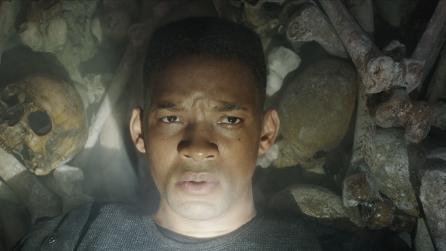Artist Spotlight: Francois Gendron
In life, there is no straight path we have to follow.
This is something Francois Gendron discovered early on. With a passion for both art and science, Francois let the later guide him and set about doing a Masters in Biology. Soon, he found a yearning for creativity, and after seeing a commercial for a Visual Effects school, he decided to quit and pursue his artistic passions—and thank goodness he did.
Francois’ career spans 22 years. Starting out with modeling and texturing for video games, Francois got the opportunity to explore more cinematic pursuits and jumped at the chance, finding a passion for lighting. Since then, Francois has worked at studios such as L'Atelier Animation and on blockbuster movies like Avatar, The Hobbit and Rise of the Planet of the Apes.
Throughout his career, Francois has traveled the world following contracts and, as a result, has dipped his toe in almost everything, from modeling to compositing. Now, he has added another string to his bow and become a teacher at Lost Boys, creating the first lighting program to teach Katana.
Francois alternates between teaching and working as a lighter, staying connected to the industry’s latest innovations to keep his lighting course as close to the industry-standard as possible. We caught up with him to discuss his use of Katana in more depth and the importance of VFX lighting.
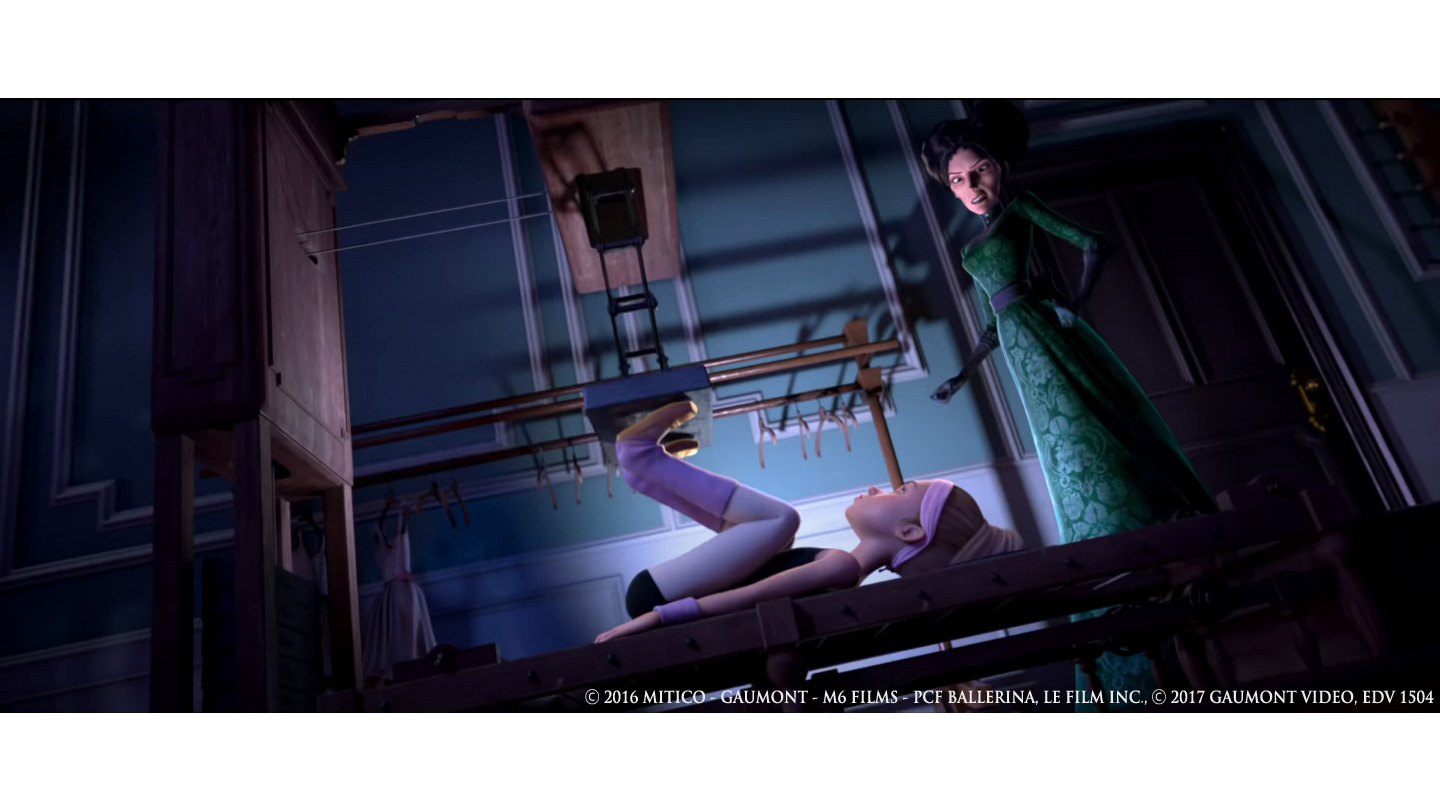
Q: What drew you to specialize in lighting as a discipline?
A: I always loved photography, the composition of an image and being able to create different emotions in a shot—photography and lighting are very close in that way. In lighting, like in photography, you need a good balance of technical and artistic skills, so lighting was a good fit for me.
Q: What’s your favorite thing about being a lighter?
A: I have always liked working with computers and the more technical side of things. But, I loved telling stories with lighting more and being able to enhance the emotion of a scene.
Q: Do you have any favorite shots from movies or TV shows that you feel have great lighting?
A: I don’t have a favorite shot, but I’m a big fan of Sci-Fi, so for me, the two best movies for lighting are:
- Dark City (1998) - I really love movies that have a “Noir” style, with really high contrast lighting.
- Blade runner (1982) - One of the best sci-fi movies in every aspect and the lighting was great too, obviously.
Q: What do you feel about modern lighting and rendering technologies, as a teacher, relative to real-world cinematography principles?
A: In the last few years, I’ve really seen the VFX industry pushing for more realistic lighting, based on real-life light calculation. This is commonly called Physically Based Rendering, or PBR, and was not possible a few years ago because computers were not powerful enough. It’s great because the light reacts more like it does in real life, but the downside is that it takes longer to create an image.
As a lighting teacher, I try to focus on the art of lighting as much as possible, not the tools.
I do this because, as a lighter, you often move to different companies and the tools and software change from company to company. A good lighter will want to use great tools, like Katana, but the tools you use won’t make you a great lighter, just as a good saw won’t make you a great carpenter.
Q: What is your view of the relationship between lighting and other departments on a production?
A: Normally, lighting comes at the end of the VFX production chain, just before compositing, meaning lighters receive everyone’s work. It’s great because you are bringing all the work together and seeing it for the first time. But, because we are the last department, there is often not much time left to deliver the movie, so overtime is needed to make sure we finish to schedule.
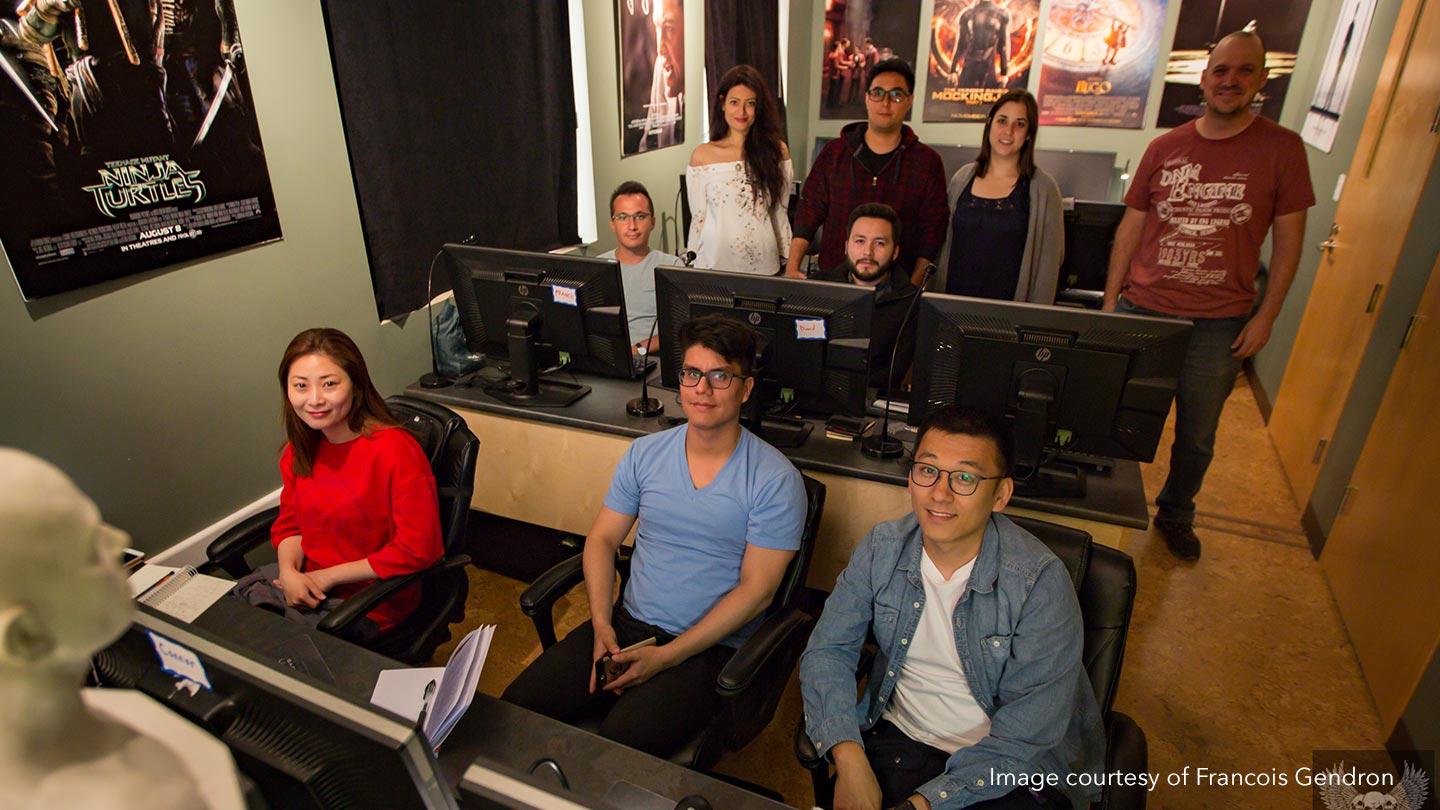
Q: Can you give some insight into your experience working with Katana? How and when did you start learning it? Do you use it in combination with any other software?
A: I really love Katana. What I really enjoy about Katana is that it’s a node base software. It allows you to easily change things on the fly and share work. This also makes it possible to render from every node, so you can easily isolate what isn’t working in a scene.
I learnt Katana for the first time at Sony Imageworks and then continued to learn it at Mikros Animation on Spongebob 2. To build the lighting course, I had to create an entire project by myself for the students. By doing that, it helped me learn a lot of different aspects of Katana like lookdev, which is a different speciality than a lighter.
Q: What opportunity for Look Development do you find in Katana that you do not find in other tools?
A: I’ve never done look development in Katana "professionally" so my knowledge is really limited. But I really like the fact you can easily override material and attributes, and the way it’s built is great.
Q: What are you enjoying most about the version of Katana you’re working in, what are you excited about in the upcoming Katana releases, and what would you like to see beyond these?
A: I think the new shading tools are much better than the old ones. I’m also excited about the upcoming floating palette being released in Katana. With the new interface possibility, it looks easier to filter information, so you only see what you need. As a lighter, you need access to a huge range of information and end up having lots of windows open so you can see it all, and less space to work—this will help solve this problem.
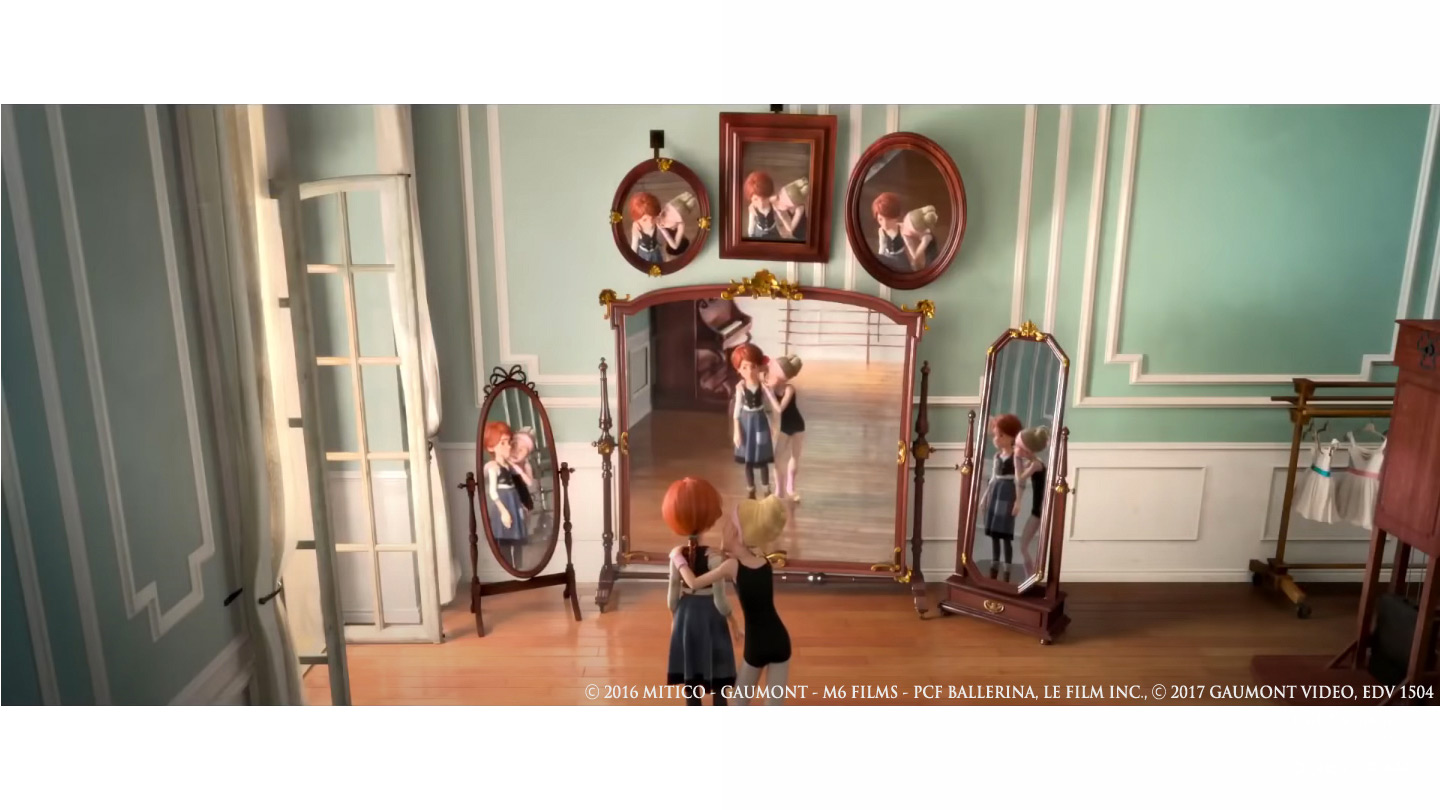
Q: As someone that teaches lighting with Katana, what are you most excited about for your students and their careers?
A: Because machines are stronger and renderers are more physically accurate, there are more places to express our artistic lighting skills. In the past, a great part of the lighting process was making the lighting look real. With the upcoming technology, there are more and more places to express emotion through lighting, which is a great part of what is supposed to be doing lighting.
Q: What facets of USD are you currently using as part of your workflow, if any, and what benefits do these bring?
A: I'm currently not using USD at school. However, with lighting being at the end of production, our timeline is often compressed. USD technology will help all the departments to work on the same element, at the same time and facilitate exchange.
Q: What challenges did you have to overcome in order to get to where you are today? Have you had to develop any skills to overcome these challenges?
A: When I started my career 22 years ago, the gap in between the quality of image in games cinematic (pre-calculated image in video game) and feature films was much different to how it is now. So, after 5 years of working on video games, when I tried to switch to films, it was pretty much impossible for me. My reel was not good enough and I had to work on a new one for an entire year to show off my skills in lighting—I never regret that decision.
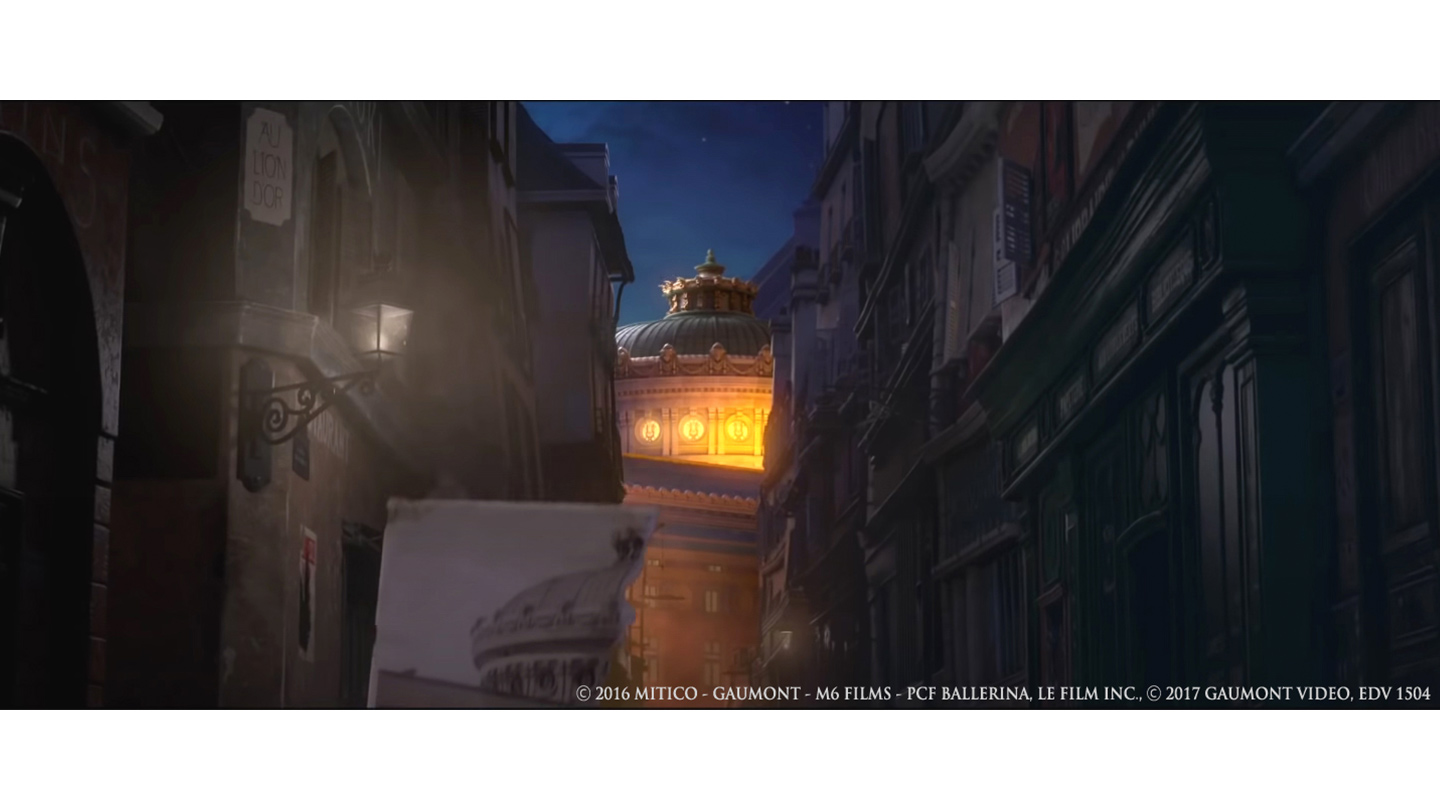
Q: What project are you most proud of, and why?
A: I really enjoy working for Weta Digital on Avatar (2009) and Rise of the Planet of the Apes (2011). I was amazed at how strong their lookdev department is. I remember when I arrived on the project Apes, they gave me an "introduction to the project scene" so I could get familiarized with the project. I opened the scene, put a light close to the animals and hit render, with the end result being an image that looked like a real photograph of apes. That only happened once in my career, as normally a lot of work is done to the lighting to make it look real.
Q: Do you have tips and tricks for burgeoning artists looking to invest in Katana for look development and lighting?
A: The first time you introduce yourself to Katana, keep it simple: just load a plain sphere light camera and build a little scene tree, move and render from each node. If you keep it simple at the beginning you’ll be able to build a strong basis later on. Then, when you have a strong understanding of the node base structure of Katana, you will be able to work in really big scenes without any problems.
Q: Do you have any wider tips for artists looking to break into the VFX industry, and specifically look development and lighting? What type of opportunities should artists be looking for?
A: I'm a strong believer in working by doing it again and again. There is no shortcut, so be patient, and spend many hours sitting in the dark hitting render.
Don’t just focus on one or two renderers, make sure you look and see what companies are using and target the three main animation and live action renders: Arnold, Renderman and Vray. Luckily, all the renderers are working hard to be more physically based and have started to look and become more similar, so it’s becoming easier to jump from one to another.
Another great tip to improve your lighting is doing photography. Watch online courses of photography, and practice. A great part of the language of the lighter—exposure, shutter speed, f-stop—comes from the camera word and a lighter needs to understand it.
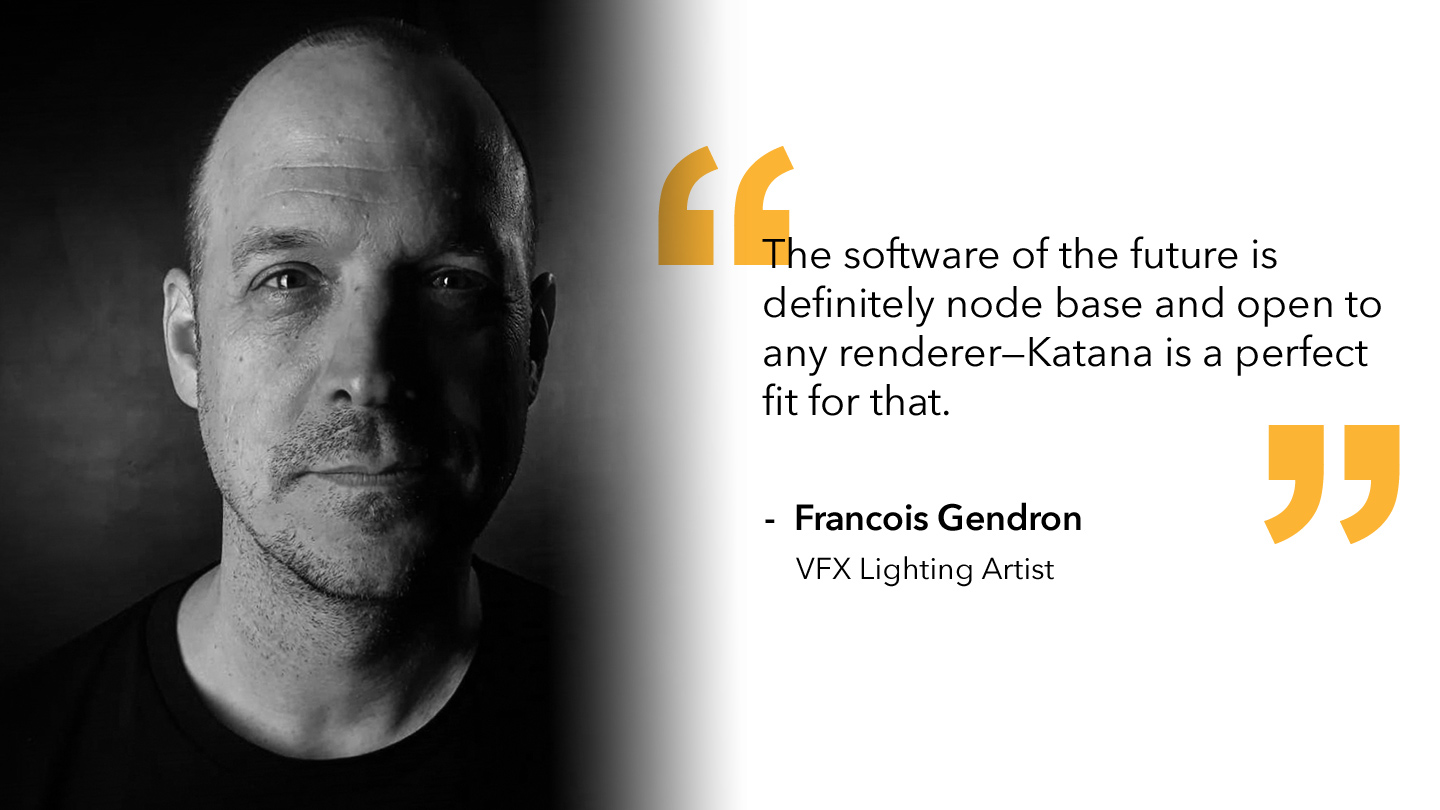
Q: What do you think is in store for the future of look development and lighting? How does Katana fit into this, in your opinion?
A: The software of the future is definitely node base and open to any renderer—Katana is a perfect fit for that.
Want to try your own hand at lighting?
